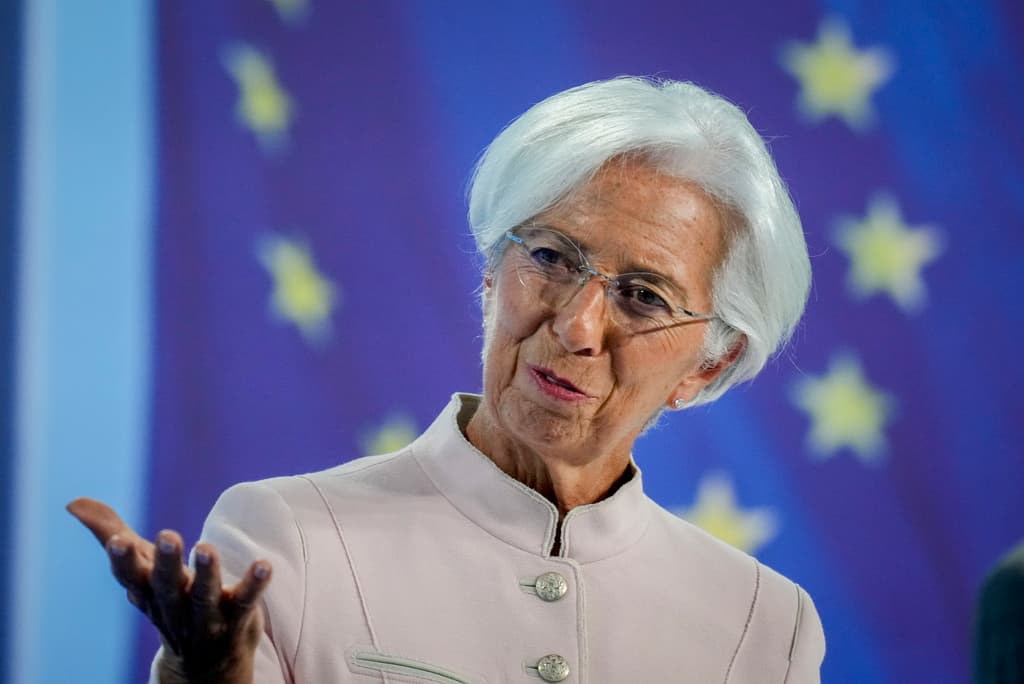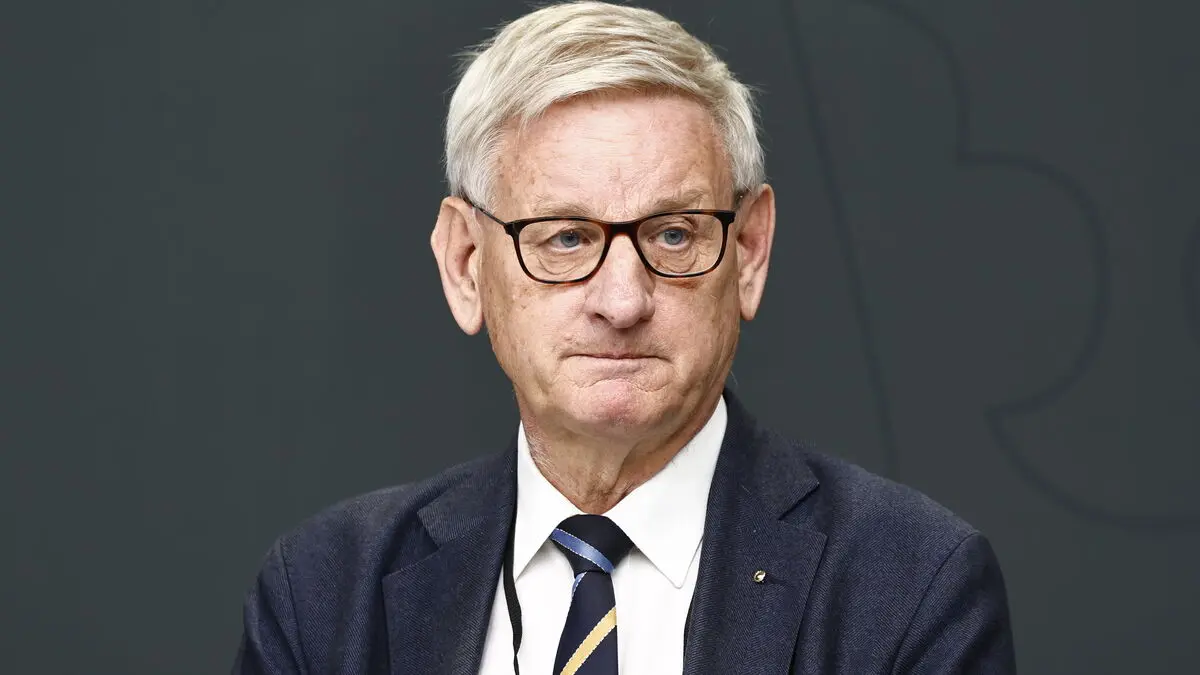It has been a given fact among forecasters for some time now. The European Central Bank (ECB) is expected to take the lead from the Riksbank and lower its interest rates by 0.25 percentage points on Thursday.
However, what happens to the rate after that is far from clear.
A surprisingly large lift for inflation in the euro zone in May – according to the first estimates from the statistics agency Eurostat – poses a problem for forecasters. Higher service prices explain most of the price increases.
"A disappointment", write the economists at SEB bank in a comment.
"The big question is what happens after June", write the economists at Nordea bank.
A second reduction in ECB interest rates by the end of July does not seem particularly likely with the price pressure that has been measured – even if many forecasters tone down the significance of the May figure and describe it as a temporary increase in inflation.
"The disinflation process has not stopped", asserts Riccardo Marcelli Fabiani, economist at Oxford Economics, in a comment.
Everyone is still counting on a series of interest rate cuts from the European Central Bank (ECB) – but the risk is that it will come to an end quickly. The pricing on the interest rate market indicates a probability of five or six cuts, including the expected June cut, down to 2.50-2.75 percent for the deposit rate by the end of 2025.
Before Eurostat's May inflation figures were released, Bloomberg presented the results of a survey, where the average forecast among experts was six cuts – down from seven cuts.
Aside from the uncertain inflation forecast, forecasters in Bloomberg's survey also see the US presidential election, geopolitical tensions in the world, the Ukraine war, and the risk of new supply disruptions as factors that can curb interest rate cuts. An unexpectedly strong economic development in the US – which slows down US interest rate cuts – can also cause problems, according to 85 percent of the economists surveyed in the survey.
If the US central bank chooses not to cut its interest rate at all – from its current 5.25-5.50 percent – most economists believe that the ECB can only cut three times by the end of 2025.
How the ECB and the Fed handle interest rates plays a major role even for Swedish households and companies. It affects the Riksbank's monetary policy room – and thus also the level of the interest rates that Swedish households pay for mortgages and companies pay for their loans.
At its latest monetary policy meeting at the beginning of May, the Riksbank cut its interest rate for the first time in eight years, down by 0.25 percentage points to 3.75 percent. The next interest rate decision from the Riksbank is expected on June 27.
The Riksbank's interest rate shapes the interest rate environment in the Swedish economy, among other things, by affecting households' floating mortgage rates and what companies have to pay for their loans.
The Riksbank's board assumes – if the inflation forecasts are correct – that it will be able to cut the interest rate twice more under the second half of 2024. In its interest rate path from March, the Riksbank had one or two more cuts under 2025, down to 2.75-3.00 percent in the interest rate by the end of next year.
If the interest rate on a mortgage loan decreases by 1 percentage point, it means that the cost of a mortgage loan of 3 million kronor decreases by 30,000 kronor per year or 2,500 kronor per month before tax deductions.






